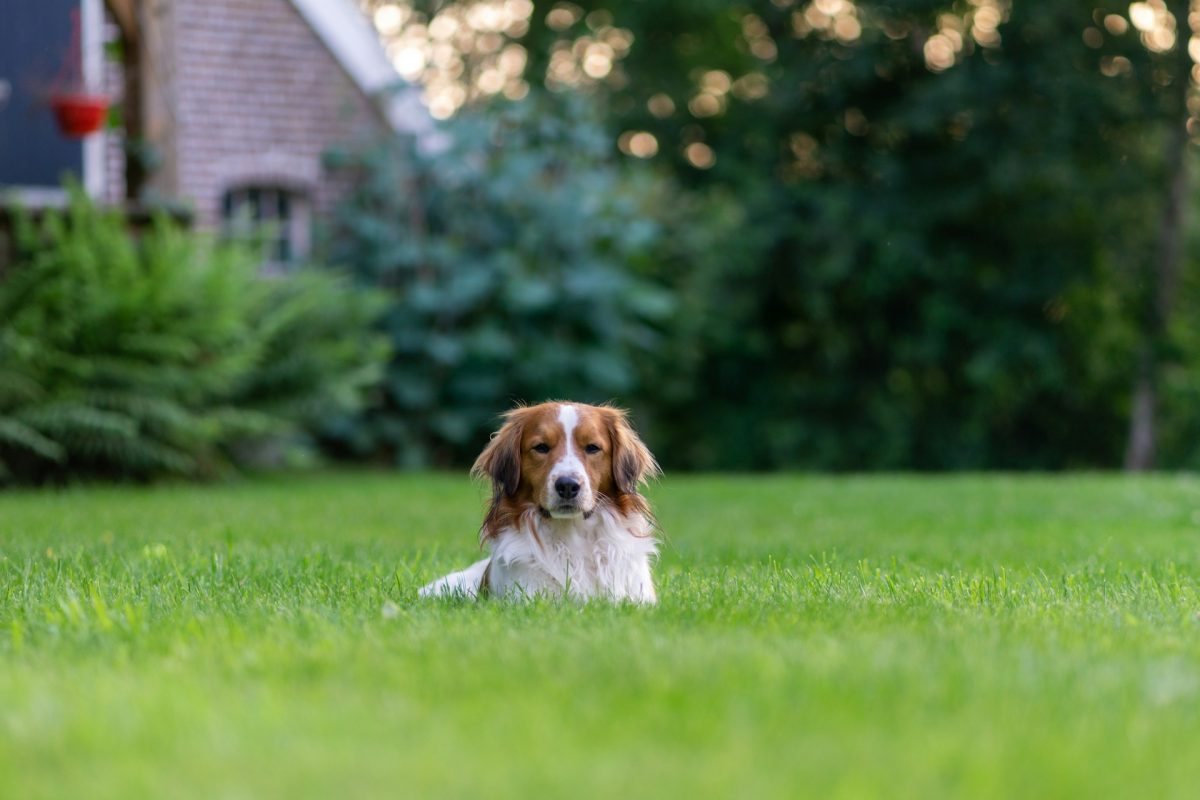Training your dog to fetch is not just a playful activity; it’s a fundamental exercise that enhances the bond between you and your dog, provides mental stimulation, and ensures physical fitness. Fetch is a game that taps into a dog’s natural instincts to chase and retrieve, making it a universally loved activity among canines of all sizes and breeds. This comprehensive guide aims to walk you through the steps to teach your dog how to fetch, turning it into a fun and rewarding exercise for both of you. Whether you’re working with a puppy or an adult dog, these tips will help make fetch a favorite pastime for your furry friend.
Preparing for Fetch
Choosing the Right Toy
The first step in teaching your dog to fetch is selecting the right toy. Opt for something that is easy for your dog to carry in their mouth and that they find interesting. This could be a tennis ball, a rubber frisbee, or a durable plush toy, depending on your dog’s preference.
Setting the Scene
Choose a safe, enclosed space where your dog can run freely without the risk of running into traffic or getting lost. A backyard or a quiet, fenced-in park are ideal locations.
Training Steps
Step 1: Building Interest
Hold the toy close to get your dog’s attention and show excitement about the toy. Toss it a short distance away while enthusiastically saying, “Fetch!” Encourage your dog to go after the toy.
Step 2: Encouraging the Chase
If your dog chases the toy, praise them warmly. If they pick it up, even better. Encourage them to come back to you with the toy. If they don’t pick it up, retrieve it yourself and try again, keeping the mood positive and encouraging.
Step 3: Mastering the Retrieve
Once your dog is consistently chasing after the toy, work on getting them to bring it back to you. You can do this by showing them another toy or treat as an incentive to return. When they come back to you with the toy, exchange it for the treat or the second toy and praise them.
Step 4: Refining the Fetch
As your dog gets better at fetching, you can start to increase the distance you throw the toy. Continue to praise and reward your dog for bringing the toy back. Over time, you can begin to phase out the treats and rely more on verbal praise and physical affection as rewards.
Common Challenges and Solutions
Lack of Interest in the Toy
If your dog seems uninterested in the toy, try a few different options to see what excites them. Some dogs prefer toys that squeak or have a particular texture.
Dog Won’t Return the Toy
If your dog chases after the toy but doesn’t bring it back, try turning the return into a game. Run away from your dog after they’ve picked up the toy, encouraging them to chase you. Most dogs can’t resist a good chase.
Reluctance to Release the Toy
Teaching a “drop it” command is useful for dogs who don’t want to give up their toy. Offer a high-value treat in exchange for the toy and praise them when they release it.
Advancing Your Dog’s Fetch Skills
Once your dog has mastered the basics of fetch, you can start to introduce variations to keep the game interesting. Try throwing the toy in different directions, using different toys, or incorporating fetch into agility training.
Teaching your dog to fetch is a fantastic way to spend quality time together, keep your dog physically fit, and mentally sharp. With patience, consistency, and positive reinforcement, most dogs can learn to fetch, providing endless fun and exercise for both of you.



